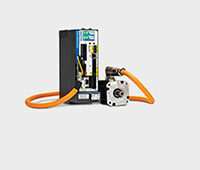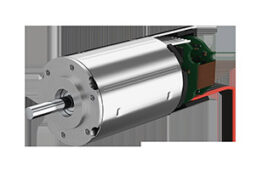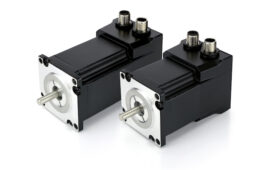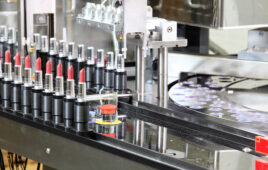The heart of a pressure transmitter has always been the sensor. These sensors often must work under adverse conditions. So the right technology for the application is important when dealing with gases, liquids, abrasive and corrosive media. Incorrect decisions on the selection of the pressure-sensing technology may cause inaccurately measured values or contaminated process media and, thus, a higher risk of failures in the application. An incorrect sensor choice can be costly, requiring more frequent calibrations or the replacement of the instrument. The correct sensor selection leads to more precise measurement.

There are different pressure measuring technologies on the market: Mono and poly crystalline silicon sensors; thin film strain gauge on stainless steel sensors; ceramic thick film DMS sensors and capacitive ceramic sensors. All technologies have strengths and weaknesses, but none of them can serve all applications.
The capacitive ceramic sensor, for example, works like a capacitor: The capacitor takes the form of a plate capacitor consisting of two cylindrical ceramic parts – ceramic diaphragm (anode) and a ceramic substrate (cathode). The material of the electrodes is tantalum, applied with the help of thin film technology. The diaphragm and substrate are connected to each other in a mechanically tight and hermetically sealed assembly with a metal soldering ring. When pressure is exerted on the diaphragm, the distance between both electrodes is decreased, resulting in additional electrons crossing which causes an increase in capacity. This linear signal is converted to an analog signal by the application-specific integrated circuit (ASIC) mounted on the back of the sensor.
Now you can obtain custom pressure systems, which can improve pressure measurement quality as well as time to market. Some versions are ready to install. You can select from a range of customer specific capacitive ceramic pressure sensors as well as silicon based piezoresistive strain gauge pressure sensors.
To meet machine builder needs, a number of choices are available for customizing electronics, housings, outputs, process and electrical connections.
Endress+Hauser
www.sensors-components.endress.com
Filed Under: Sensors (pressure), MOTION CONTROL, SENSORS





Tell Us What You Think!